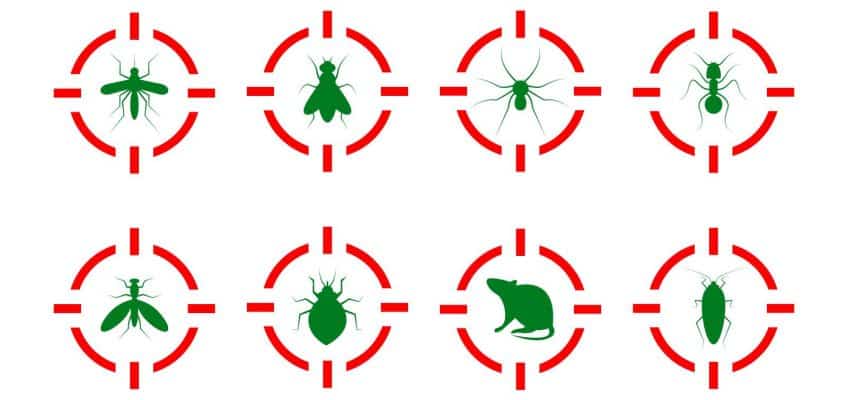Re: Tomato red spider mite – response stand-up
Recently we updated you that two populations of the tomato red spider mite (Tetranychus evansi) had been found as part of routine surveillance in Auckland – near the airport and in Pakuranga.
The mites were found on nightshade weeds – one of their preferred host plants.
Under the Government Industry Agreement for Biosecurity Readiness and Response (GIA), Biosecurity New Zealand is working closely with the GIA horticultural and arable industry partners, to determine the potential impacts of this discovery and the appropriate actions to take in future.
The GIA partners have decided to manage this incursion through a formalised GIA response process. This means industry partners have joint planning and decision-making rights with Biosecurity New Zealand.
The planned next steps are to assemble a Technical Advisory Group (TAG) to provide scientific advice on the biology of this pest and future response options. The TAG is comprised of technical experts from Biosecurity New Zealand and industry partners, including entomologists with expertise in mites and their control.
The group is tasked with providing advice on the mite, its potential impacts, the available tools and techniques for effective treatment, surveillance, eradication and/or control.
Another topic under consideration is surveillance to assess the distribution of the mite and how long it may have been in New Zealand. This knowledge will inform future decisions about management.
The GIA partners have decided that surveillance should go ahead, but decisions are yet to be made on the scale or timing of this. The tomato red spider mite is known to be inactive over winter, so the group is considering whether spring would be a better time to start any surveillance activity.
We will continue to update you as the response progresses.
Grower advice
The tomato red spider mite’s main hosts are plants in the Solanaceae family, including tomatoes, potatoes, eggplants, as well as beans, kumara and some ornamentals – roses and orchids.
It is commonly found on weeds including nightshades, shepherd’s purse, cleavers and fat hen.
While more information is collected on this pest and its presence in New Zealand, growers are advised to follow good biosecurity practices – in particular treat nightshade weeds around your property and glasshouses.
More information is here: https://www.biosecurity.govt.nz/protection-and-response/responding/alerts/tomato-red-spider-mite/
And here: https://www.tomatoesnz.co.nz/biosecurity/tomato-red-spider-mite/
Background on the tomato red spider mite
- Tomato red spider mites are the size of a full stop. They are not insects, but a type of arachnid, relatives of spiders, ticks and scorpions. There are a few red mite species in New Zealand already.
- The tomato red spider mite got its name because it eats tomato plants, is red, and makes silk webbing to protect itself and its eggs, like some spiders do.
- The mite is very difficult to identify because it is so small and because it looks very similar to other mite species present in New Zealand. Identification requires an expert. It is easier to find the webs it creates on host plants.
- We do not know how long the mite has been in New Zealand or how it arrived. It could have been carried by the wind, arrived on a visitor’s clothing or bags, or hitchhiked on imported products.
- The discovery of this mite in New Zealand is considered by the Ministry for Primary Industries’ trade and market access experts as unlikely to have any significant impact on trade in horticultural products.
- Tomato red spider mite is a quarantine pest for Korea, Thailand and Ecuador, and we do not export many of the host plant products to these markets.
- However, there are some host commodities exported to Thailand including tomatoes.



